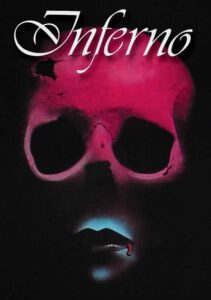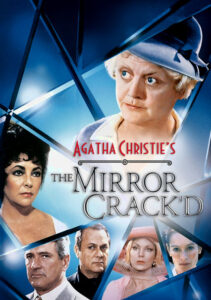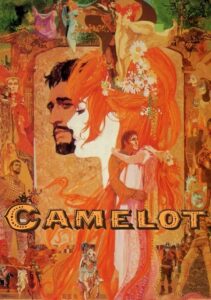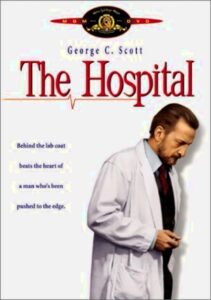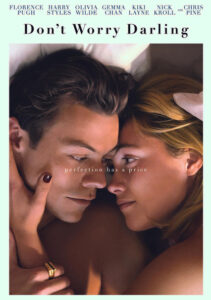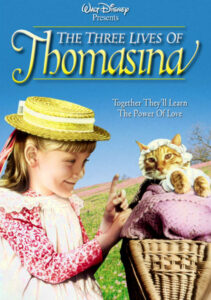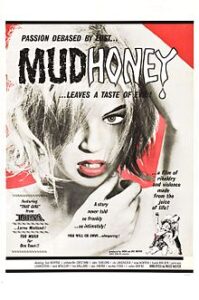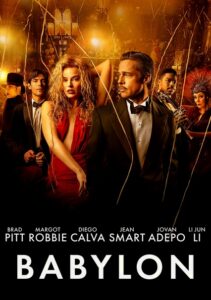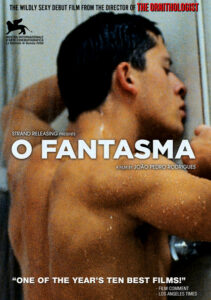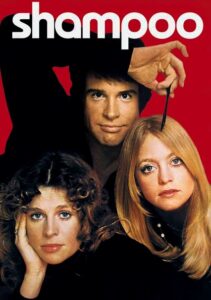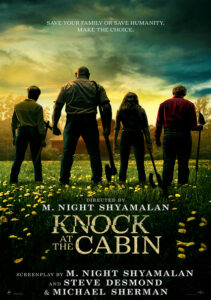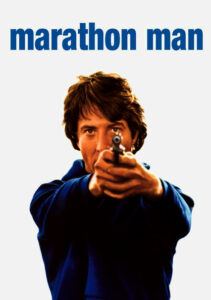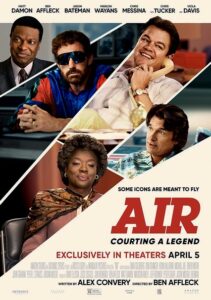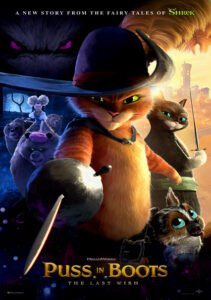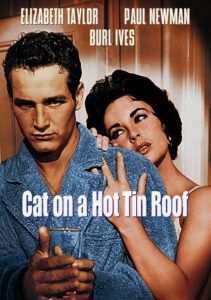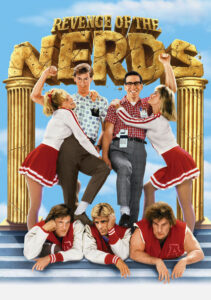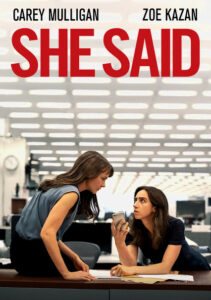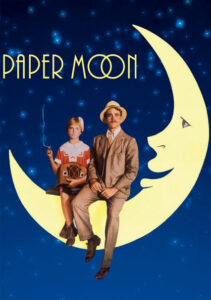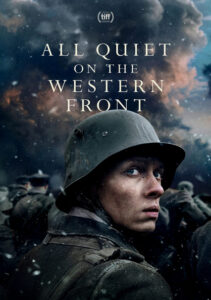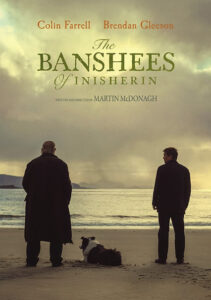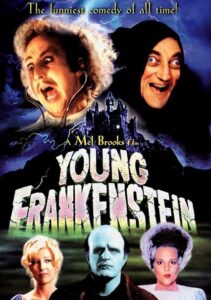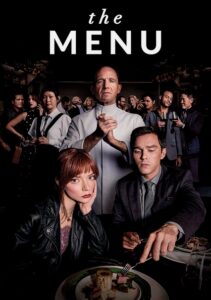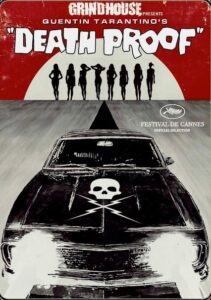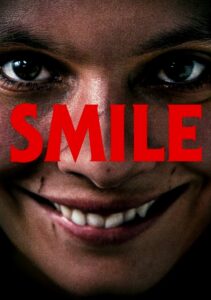Inferno-1980
Director Dario Argento
Starring Leigh McCloskey, Irene Miracle, Eleonora Giorgi
Scott’s Review #1,372
Reviewed June 27, 2023
Grade: B+
Any fan of famous Italian horror director Dario Argento knows to expect a visual extravaganza from his films. They reek of color and a weird atmosphere that makes them distinguishable from other less crafty directors and that’s worth a lot to a cinema fan.
Inferno (1980) is no exception but to be fair the plot is brutal to follow as the visuals easily surpass the storytelling. On the flip side, despite being set mainly in New York City, Inferno has a definitive Italian vibe.
And why shouldn’t it since it’s shrouded in Italian creativity?
Fans of Argento will know what I’m saying and leap into the film as I did, immersed in art direction rather than a defined plot.
The film is the second in his “Three Mothers” trilogy, and Inferno focuses on a Manhattan apartment building inhabited by a deadly spirit that murders the tenants in sadistic ways.
The other two films in the collection are Suspiria (1977) and Mother of Tears (2007).
When a poet named Rose (Irene Miracle) discovers a book that suggests she’s living in a building built for one of three evil sisters to rule the world, she begs her brother Mark (Leigh McCloskey) to visit her from Rome.
But when he arrives, she’s disappeared without a trace. Mark encounters several creepy characters as he attempts to unravel the mystery and find his sister either dead or alive.
It takes some time to figure out who the main character is supposed to be. Is it Rose, Mark, Mark’s friend Sara, or Rose’s neighbor, Elise? Before long three of the four are sliced into bits.
The kills are superior with my personal favorite being the death of one character guillotined with the glass of a broken window. This is nearly usurped by a pack of snarling cats attacking another victim with murder on their minds.
As a cat lover, this made me grin with pleasure.
As alluded to earlier, the story is simply too hard to follow. Therefore, the showdown between the main character and the witch is a letdown and it is uncertain what becomes of the witch.
I also desired to see the witch more.
But maybe I just wasn’t paying too close attention. The gorgeous sets caught my attention more than any plot point did.
I was especially enamored by the gothic New York City apartment set which takes center stage during most of the film. The blue velvet curtains and dimly lit corridors combined with desolate corners and few inhabitants made me want to stay there.
Especially appealing is a secret hole in the wall that carries sounds throughout the behemoth building.
The colors and the camerawork successfully add eerie and memorable sequences. One can easily dine on a bright green wall and gush over a deep blood-red drape or shadow.
The gloomy and downright scary underwater sequence when Rose dives to grasp a secret key is brilliant camerawork.
Alida Valli, so good as one of the witches in Suspiria, makes her return in Inferno but in a limited part. As Carol, an employee of the apartment building, she has little substance to do, and adding insult to injury Valli’s voice is dubbed by an American voice.
Sure, it’s not the best in the Argento collection and Suspiria will always remain my number one but Inferno (1980) is for the Argento fans only. I wouldn’t suggest it for the novice fan nor stress that one needs to see the trilogy in order.
The labyrinthine settings and the elaborate deaths are what make the film a winner.
